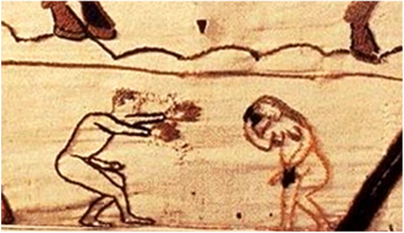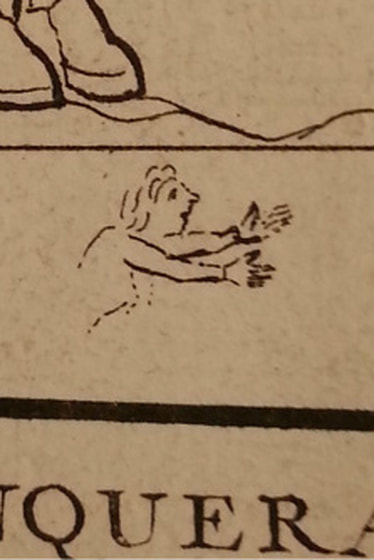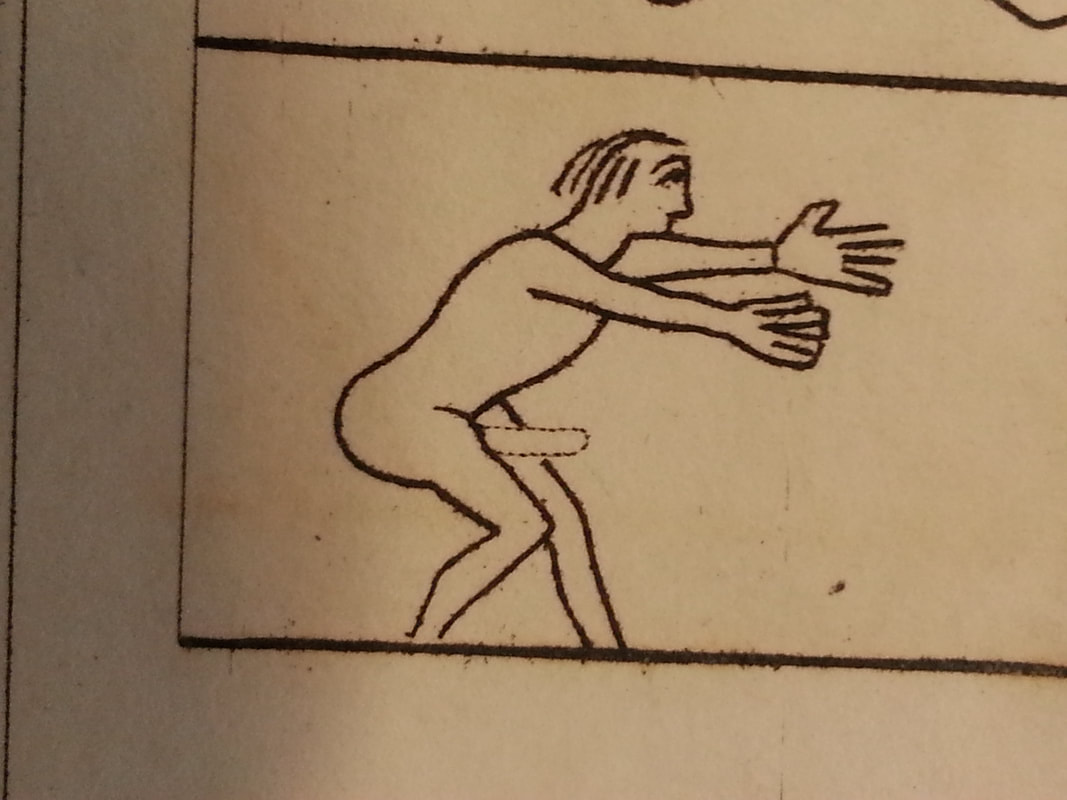2 Comments
Marguerite
3/8/2014 02:09:28 pm
Chris, I really enjoyed reading your blog and other entries about the Tapestry. I'm quite fond of sewing myself and one day I idly used up a little piece of cloth and found I had made a small man. This little homunculus (?) had all the equipment in red cotton. Perhaps sewing this kind of thing is a response to something deep and unbidden. Are we very different from the French embroiderers?
Reply
Chris (The Anglo-Saxon Monk)
4/8/2014 02:28:39 am
Thank you Marguerite for taking the time to leave a comment. And what a great comment! I feel I ought to dust off my Freud books. One of the things I find interesting about the naked figures of the Bayeux Tapestry borders is that they speak to the main narrative. They are not, as some scholars have argued, mere embellishments of bawdy wit, unrelated to the big story. There are (not counting the dead soldiers at the end) 9 naked people all together (one of them is not fully naked but has something dangling below his tunic!). I see naked male genitals (and those of the horses) as a visual shorthand for overt masculinity. As the Tapestry is about the battle for the English thrown, this is perhaps not surprising. So on one level I think you're probably right about the subconscious response of the embroiderers (I mean here the original embroiderers) but I would argue that the design of the borders is deliberate, that the naked characters including our Adam are purposely there as part of a concomitant narrative, a narrative that perhaps is subversive in the way it almost mocks the overbearing masculinity of war and kingship. I can't say much more because it will spoil my chapter in the book that is coming out with Man Uni Press.
Reply
Your comment will be posted after it is approved.
Leave a Reply. |
Details
|




